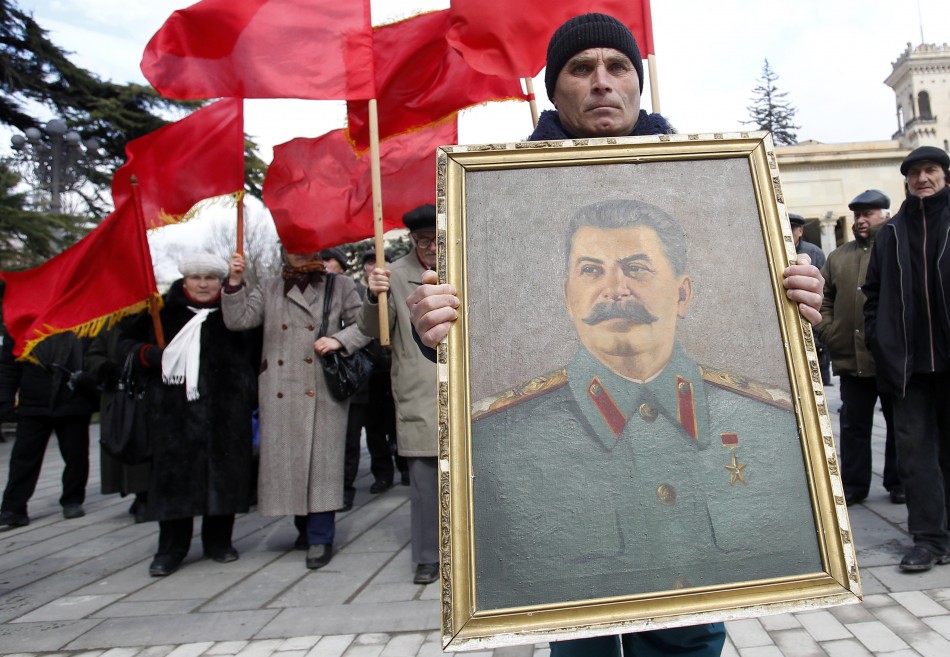
The original ascendancy of communist ideology (with its anti-feudal, anti-caste, anti-imperialist ethos) in the region that was to become the state of Kerala in 1956 (after Indian independence in 1947) was followed by the unique distinction of the state being a rare one anywhere in the world to elect Communists to power in 1957 on the ballot in a democratic system.

Through an ethnography of a village in North Kerala called Che Puram, Footnote 1 we investigate the ways in which the sustained and uninterrupted political and electoral dominance of Communist Party in this ‘party village’ has coexisted with Hindu caste hierarchical structures over time.

This article combines political analysis with ethnographic fieldwork to provide an account - of political allegiance and the persistence of power - that is both descriptive and interpretive, addressing ‘ what people do as well as why they do it’ (Herzog & Zacka, 2019: 764). In this sense, through a mix of empirical observation with historical context and theorisation, we highlight the importance and the implications of unconventional democratic dynamics more generally. In our concluding section, we place our village observations in the longer frame of historical north Kerala village politics, noting the changes over time and offering theoretical perspectives upon them.

We dissect the various means through which the grassroots Communist Party apparatus in the village maintains its dominance by adapting itself to regressive caste hierarchies for political profit at the same time as laying claim to having challenged them. Next, we illustrate the paradox of continued caste hierarchies in a Communist Party village, and the multiple ways in which Hindu religion and caste structures are important to performing individual identity in social settings. We then provide an insight into the social and economic structures of one such village, explaining the salience of these structures in relation to political allegiances. After situating our work within the conceptual problematisations of political party competition, and in conversation with wider communist studies literature, we provide a background to the politics of Kerala and explain the unique phenomenon of ‘party villages’ in Kerala. However, in democratic post-independence India, the overwhelming dominance of Communist Party in the 'party village' presents the paradox of a party with an egalitarian ideology having adapted to a persistent Hindu caste hierarchy. The original ascendancy of communism in the village (as in many regions of Kerala) during the twentieth century was due to its progressive ideological challenge to feudal structures of class and caste oppression. We posit that the concept of ‘party village’ is of specific value in our understanding of various forms of current (Communist) politics. As we explain, a ‘party village’ is an administrative unit where a particular political party dominates not simply electorally but in all lived experience.

We provide an inaugural scholarly conceptualisation of an empirical phenomenon, known in Kerala popular parlance as ‘ party gramam’ or the ‘party village’, as the focus of analysis. This article combines political analysis with ethnographic fieldwork to theorise Communist party’s construction of political allegiance and their persistence of power in the democratic context at a local village level in the state of Kerala in India.


 0 kommentar(er)
0 kommentar(er)
